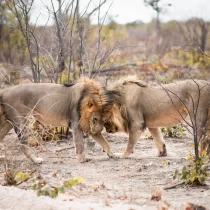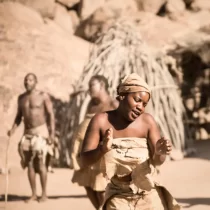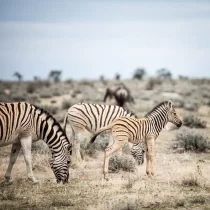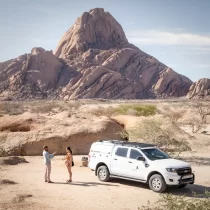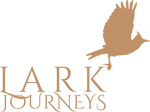Getting around Namibia
Getting Around Namibia
Namibia is a large country that has long distances between major destinations. Choosing the proper transport method depends on your budget, time, and comfort level. This guide breaks down the options from the cheapest to the most expensive.
1. Hitchhiking
Hitchhiking is possible but unreliable. Locals, especially in rural areas, may give lifts but seldom head to major tourist attractions. This means you often need to rely on tourists for the final leg of your journey, and they are usually hesitant to pick up hitchhikers. Expect long waits, bring enough water and be patient.
2. Cycling
Cycling is an option for experienced riders. The roads are quiet, but distances are long, and the terrain is demanding. Crazy drivers, high temperatures, wind, and limited water sources pose a serious challenge. If you bring your bike, costs are low aside from food and maintenance.
3. Buses, Trains, and Minibuses
Public transport connects towns and cities but does not serve major tourist sites. Buses and trains are slow, and shared minibuses can be overcrowded. This option is best for connecting urban areas, but additional transport is needed to reach attractions.
4. Renting a Car and Self-Driving
Self-driving around Namibia offers the most independence. A 4×4 is recommended for gravel roads and remote areas. While renting a car gives you flexibility, it can become expensive if the vehicle is damaged. Rental companies have large excesses and strict insurance policies, meaning even minor damage can result in high costs. Fuel stations are also far apart in some areas, requiring careful planning.
5. Joining a Scheduled Safari
Scheduled safaris follow set itineraries and include transport, accommodation, and activities. They are cheaper than private safaris and convenient for solo travelers.
6. Private Safari with Family or Friends
A private safari provides flexibility and customized itineraries. Costs depend on the level of accommodation and services included.
7. Tourism Shuttle Buses
Tourism shuttles seem affordable but often come with additional costs. They drop passengers at lodges, where you must pay for accommodation, food, and sometimes expensive lodge activities to reach nearby attractions.
8. Charter Flights
For complete flexibility, chartering a private flight allows access to remote areas. This is typically used by high-end travelers or photographers who need specific locations. Costs are high, but it provides convenience and time savings.
9. Fly-In Safari
A fly-in safari is a thoroughly planned, all-inclusive experience where transport between lodges and attractions is done by small aircraft instead of a vehicle. This option includes accommodation, meals, and guided activities, similar to a private safari but replacing long drives with flights. It is one of the most expensive ways to explore Namibia but allows access to remote destinations with minimal travel time.
Final Thoughts
The best transport method depends on your budget and schedule. Many travelers combine different transport options to suit their needs.
- Budget travelers may hitchhike to easily accessible towns like Swakopmund, where they can join local activities like sandboarding in the Namib Desert, or Quadbiking, and then join a scheduled safari to visit places like Etosha and Sossusvlei.
- Mid-range travelers often rent a car for part of the trip but join guided safaris in specific areas where self-driving is less practical.
- Luxury travelers may self-drive some areas and then take a fly-in safari to remote locations.
Public transport is limited outside major towns, so planning is essential.


